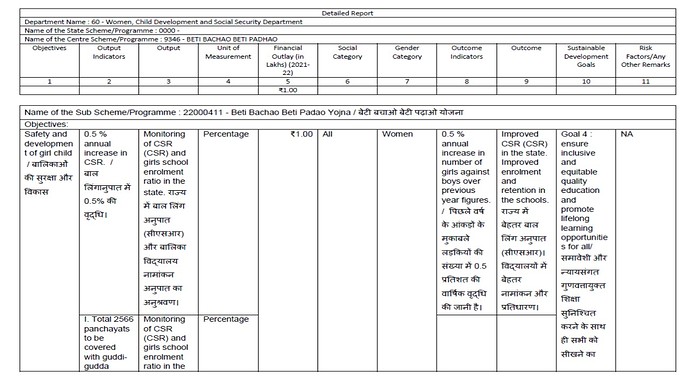Outcome Budgeting is now being practiced both by the Union Government and different states as a budgeting strategy for linking outlays/allocations to concrete outputs and outcomes. The most commonly used tool, in this regard, has been the publication of the Outcome Budget Statement annually. Raising a few specific queries on this as below:
- How many states are bringing out an Outcome Budget Statement annually (as on FY 2021-22), in addition to their state budgets?
- If we consider the reporting structure in these statements, what are some of the better practices that these states have adopted over the last few years?


